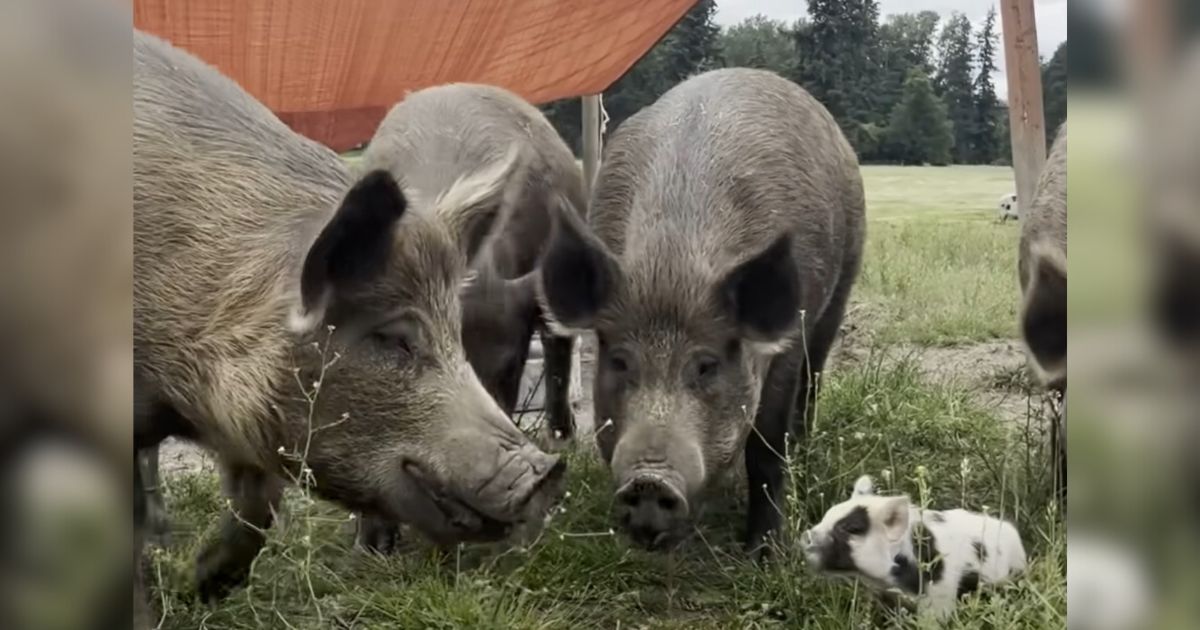Warning: Cuteness overload in 3…2…1…The Australia Zoo, ‘Home of the Crocodile Hunter’ saves a very special orphaned Echidna puggle.
When the photo of an adorable baby Echidna puggle popped up on Australia Zoo’s Facebook page, the cuteness was almost too much to handle. The helpless little fellow was orphaned after its mother was hit by a car. Thankfully, the incredible Wildlife Warriors at the Australia Zoo swooped in to save the day.
Rescuers named him Rarity and he has been stealing hearts ever since that very first photo.
https://www.facebook.com/WildlifeWarriorsWorldwide/posts/10157933535731867
The photo captured Rarity’s resilient spirit and of course his tiny, undeniably adorable tongue.
When Rarity made his Facebook debut, we are pretty sure there was a collective squeal across Australia.
‘That tongue… he’s the cutest little puggle in my world tonight,’ one fan wrote online.
‘What an incredible photo – captured the sweet little one’s tongue,’ another said.
Many people across the world may not have heard of an Echidna but Australians know this extraordinary animal well. An Echidna baby is referred to as a ‘puggle.’ They are very special egg-laying mammals called monotremes. The only other living monotreme is the platypus. – wildlife.vic.gov.a
Rarity may have had the odds stacked against him but with the help of the Australia Zoo, he thrived.
https://www.facebook.com/WildlifeWarriorsWorldwide/posts/10158009339101867
Rarity was not even 10 weeks when he lost his mother…so expert care from Australia Zoo was necessary to provide him with the next best start in life.

A mother Echidna usually lays a single egg at a time.
The egg goes into a pouch on her stomach and incubates for seven to 10 days. When the egg hatches, the puggle is about a half inch (12 millimeters) long weighing .02 ounces. Puggles drink their mother’s milk until they are about seven months old. They don’t suckle on nipples, though. The mother secretes milk through glands and the baby laps up the milk. – livescience.com

When the Echidna is disturbed or threatened, it will roll into a ball or burrow into the ground so that only its spines are exposed. – wildlife.vic.gov.a
Regular updates from the Australia Zoo show how far Rarity has come.
https://www.facebook.com/WildlifeWarriorsWorldwide/posts/10158313560426867
Echidnas have fleshy noses that can be long or short. Although they do eat ants, they are not closely related to true anteaters. Their bodies are covered with hollow, barbless quills. Each spine of the Echidna is formed from a single hair. – wildlife.vic.gov.au
Australians have a special bond with Echidnas and one is even featured on the Australian 5c piece.

Now that is love.
Echidnas are not aggressive or territorial animals but do live solitary lives. They are only found in Australia and New Guinea and prefer coastal forest, alpine meadows and interior deserts.
One thing is for sure, it’s hard to get enough of this handsome little man.
Adoring fans and supporters of Rarity have shown their love on social media.
From the first photo, the change has been remarkable. Rarity’s eyes are open and his tiny spines are starting to grow. Dr. Jaimee’s efforts have saved the life of this very special animal.
https://twitter.com/BruteSquad44/status/1371658826982830082
With Rarity doing so well, the Australia Zoo can expect him to weigh anywhere from 5.5-22 lbs and grow from 14 – 30 inches when fully grown. – livescience.com

They might be Australia’s treasure, but Echidna and their puggles are adored the world over thanks to cuties like Rarity and selfless conservationists like those at Australia Zoo.
Now watch this video to learn even more about Echidnas and their adorable puggle babies.
Please SHARE this with your friends and family.















